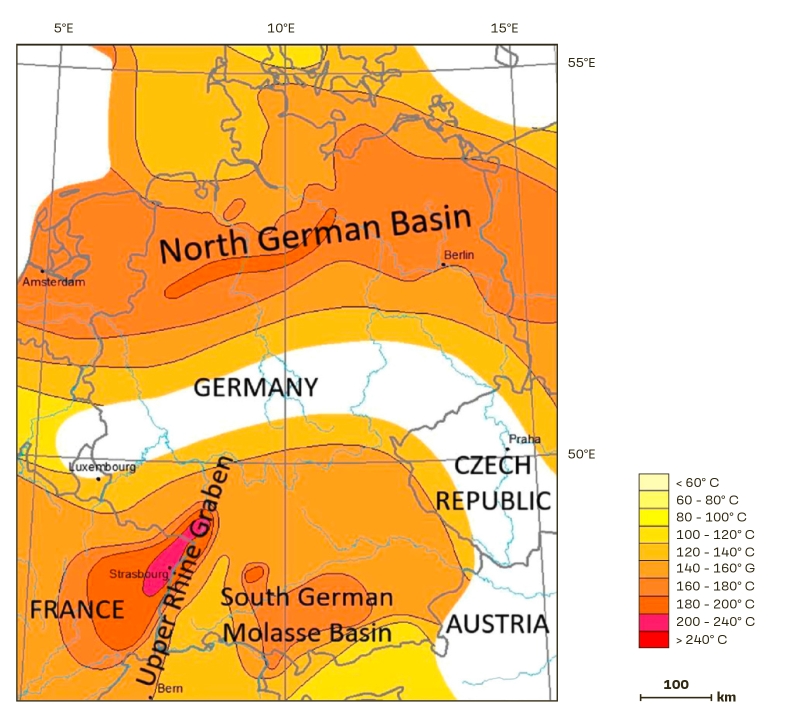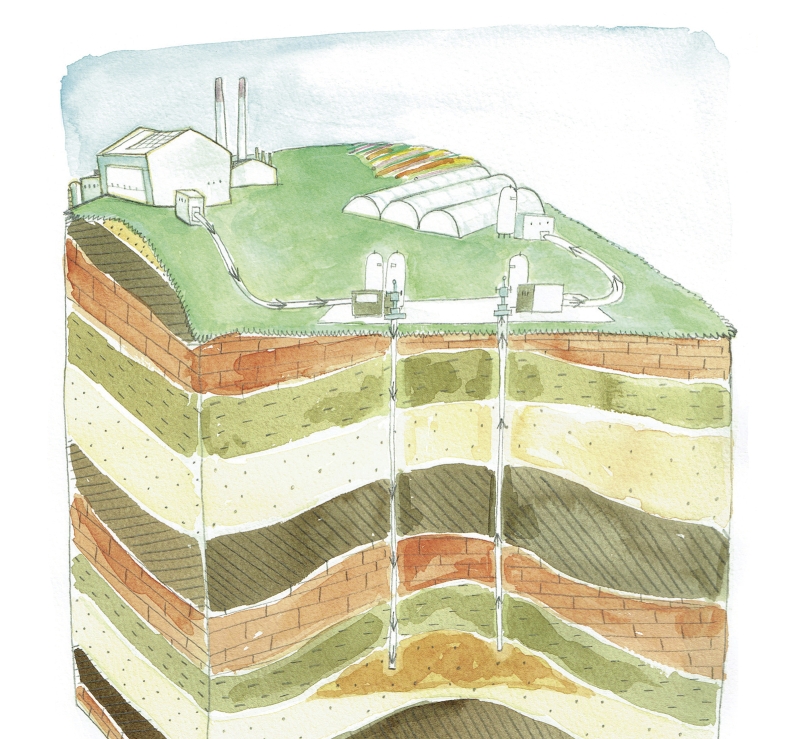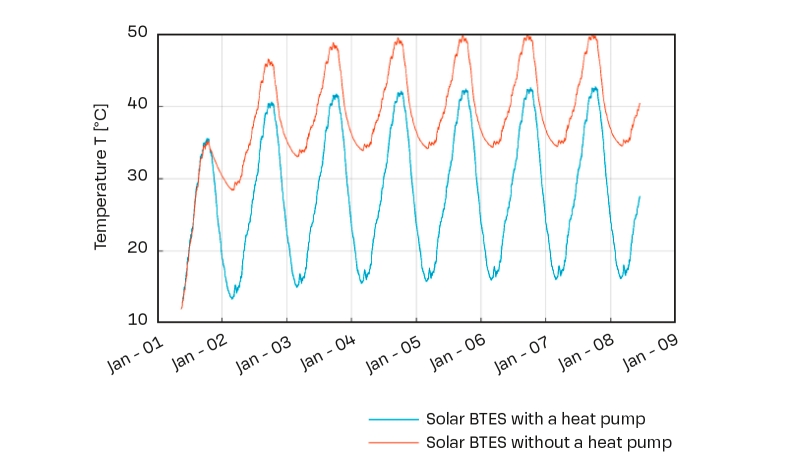Temperature map extrapolated to a depth of 5 km (according to Hurtig et al., 1992). © BRGM
Subsurface potential for the energy transition
Highlights
Subsurface and geothermal potential on Saint Vincent and the Grenadines
Between 24 September and 8 October 2022, BRGM conducted a geophysical data acquisition campaign on Saint Vincent and the Grenadines. The campaign took place against a backdrop of unfavourable weather conditions, logistical difficulties and an extremely rugged terrain. Forty seismometers were installed for a period of three weeks and ten magnetotelluric stations for one week. The analytical work under way will provide a clearer understanding of the structure of St. Vincent and the Grenadines, descending to a depth of 10 kilometres, making it possible to better assess its geothermal potential.
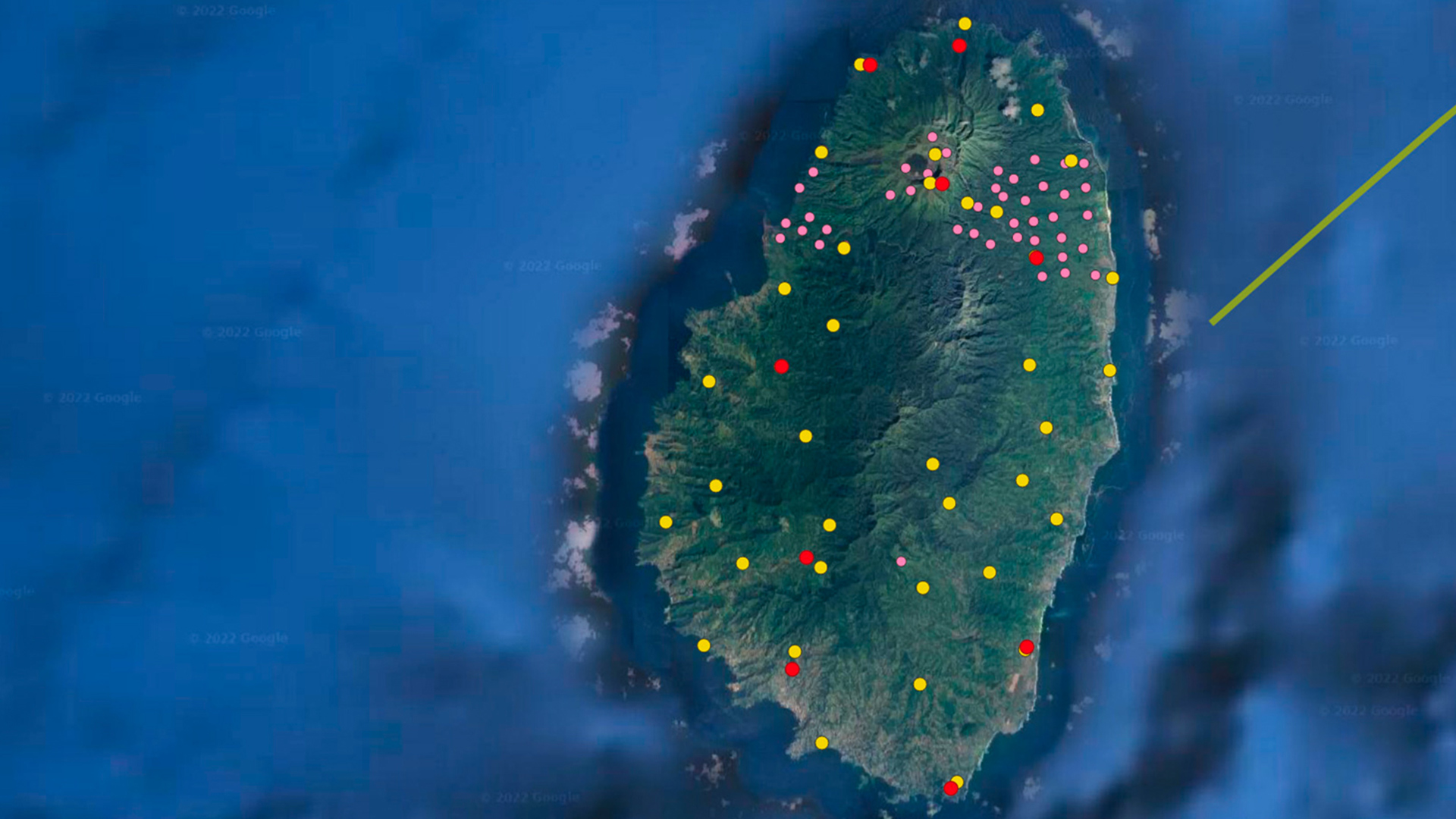
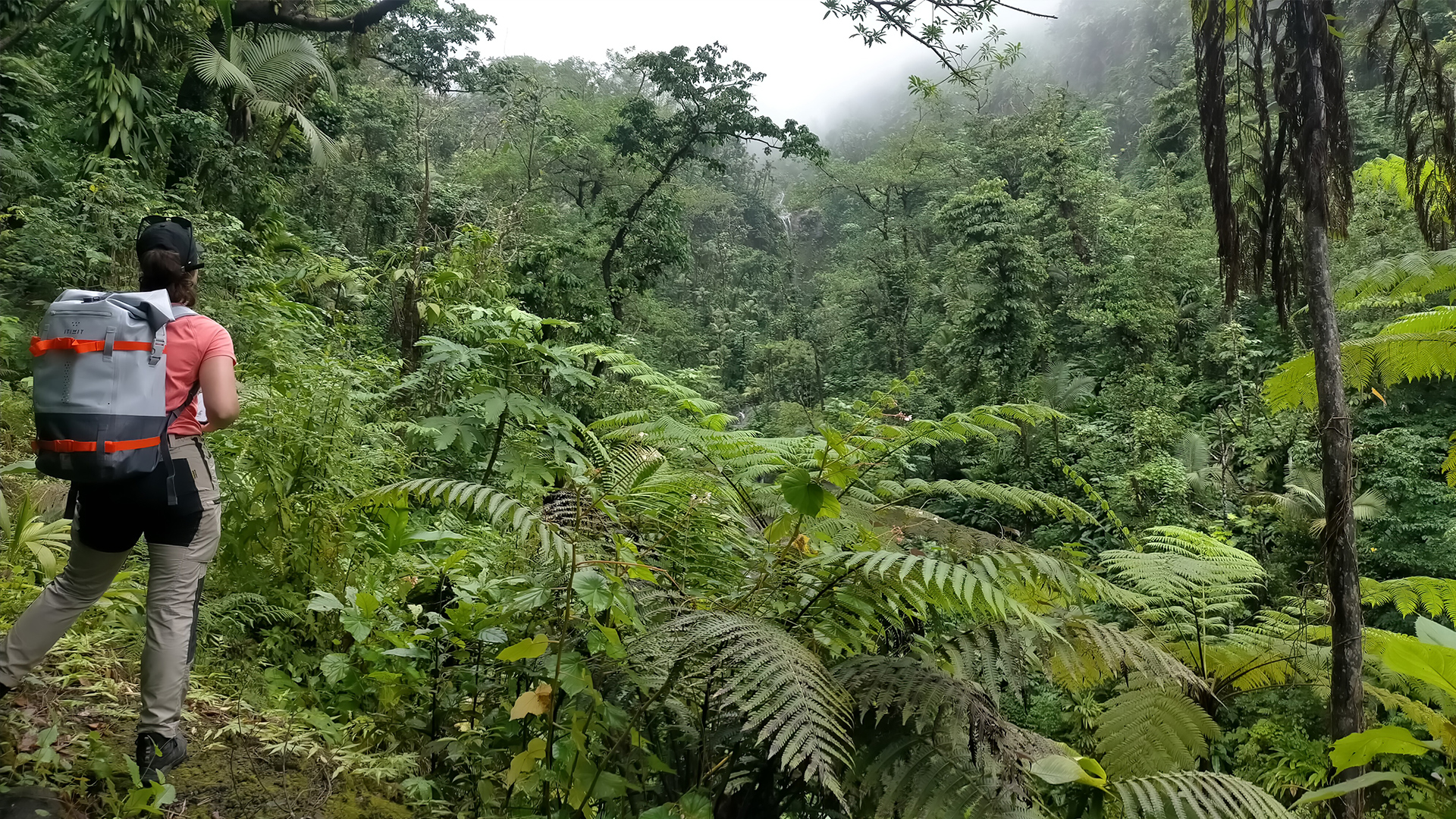
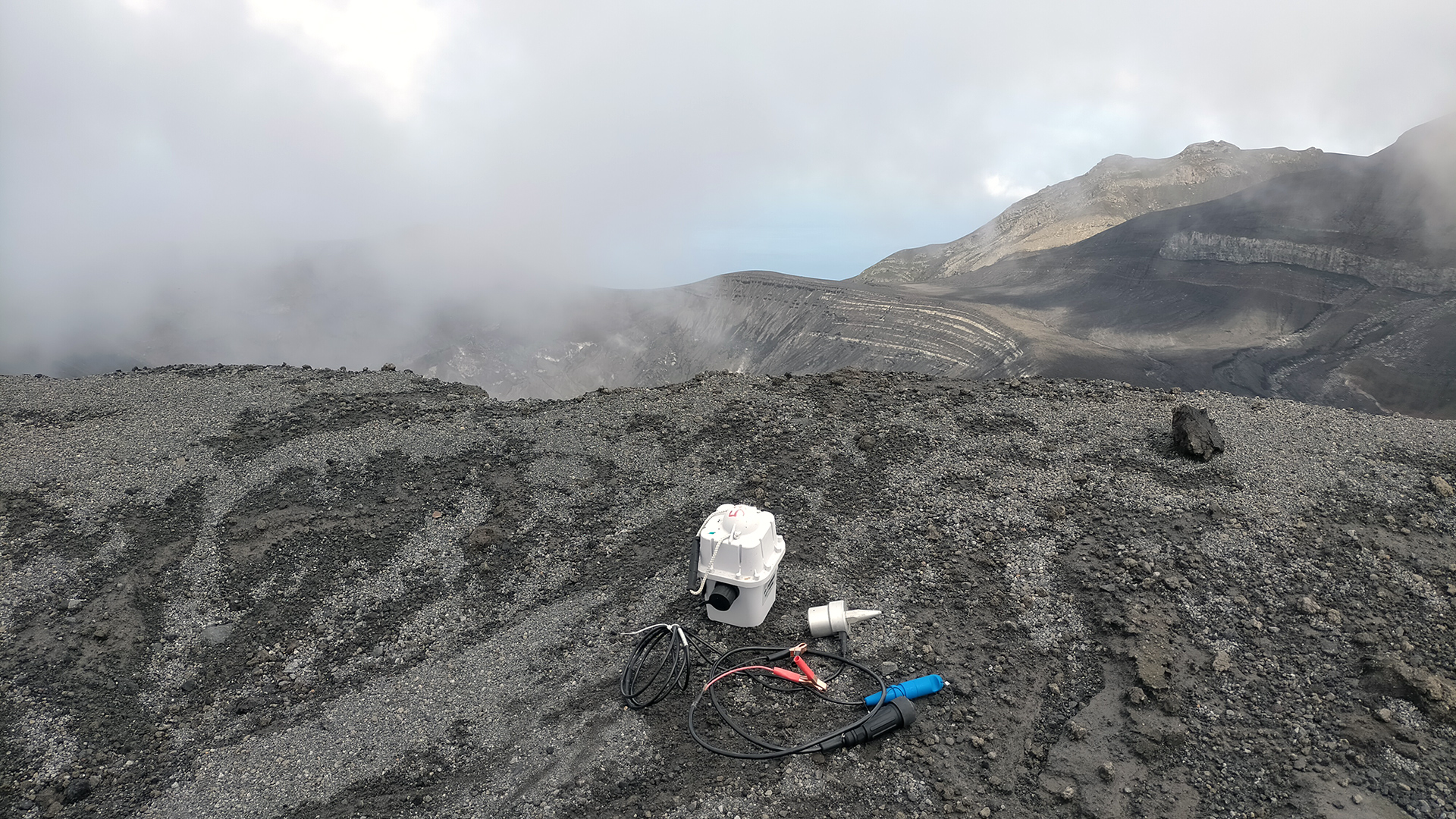
PUSH-IT: can heat be stored at high temperatures in geothermal reservoirs?
PUSH-IT (Piloting Underground Storage of Heat In geoThermal Reservoirs, Horizon Europe, 2023-2026) is a European project set up to demonstrate the feasibility of seasonal heat storage at high temperatures – up to 90°C – in geothermal reservoirs. Trials implementing three different technologies – aquifer storage, geothermal probe fields and flooded mines – are currently under way at six pilot sites in the Netherlands, Germany, the United Kingdom and the Czech Republic. As one of the 19 partners, BRGM is mainly involved in studying the impacts of heat storage cycles on the micro-organisms present in the reservoirs and on geochemical reactions that could modify reservoir porosity and permeability.
GLITER: recommendations for the co-exploitation of geothermal energy and lithium
Coordinated by BRGM, the ANR GLITER project seeks to provide a clearer understanding of the fundamental processes at the origins of lithium, its inhomogeneous distribution in the depths of the soil and how it can be extracted via geothermal fluids. In response to the global energy transition and the critical need for sovereignty over strategic resources, Gliter aims to provide recommendations for the co-exploitation of geothermal energy and lithium.
CO2SERRE or how to store biomass carbon for local recovery
The CO2SERRE project, which is co-financed by the Centre-Val de Loire region, was set up to study the feasibility of capturing carbon from a biomass cogeneration plant in Orléans, recovering it for use in local greenhouses and storing unused carbon in geological reservoirs. The aim is to set up a regional pilot project. As well as generating negative emissions, this concept would promote the local and circular economy. It involves studying all the stages in the CCUS chain (carbon capture, utilisation and storage) and integrating them into cross-cutting analyses in order to assess the technical, economic and environmental feasibility of the project via a life cycle analysis.
Illustration of the CO2SERRE concept: carbon capture, transport and storage in deep geological reservoirs, for use of the heat in greenhouses. © SAPIENZA UNIVERSITY OF ROME – CERI – CC BY NC ND
PilotSTRATEGY: first 3D seismic acquisition campaign
BRGM is coordinating PilotSTRATEGY (H2020), a European project set up to develop deep carbon storage sites in Europe. The project requires extensive knowledge of the subsurface and its properties, including the geometry of rock formations, to ensure that the fluid flows smoothly. Geophysical methods make it possible to access this information from the surface. One of the methods used is seismic reflection, whereby a truck emits vibrations that are propagated underground, with some being reflected back up to the surface at layer interfaces, where they are picked up by sensors. The processing of these signals generates the seismic image of the underground space investigated. A 3D seismic acquisition campaign was conducted as part of PilotSTRATEGY. A first for a project on carbon storage!
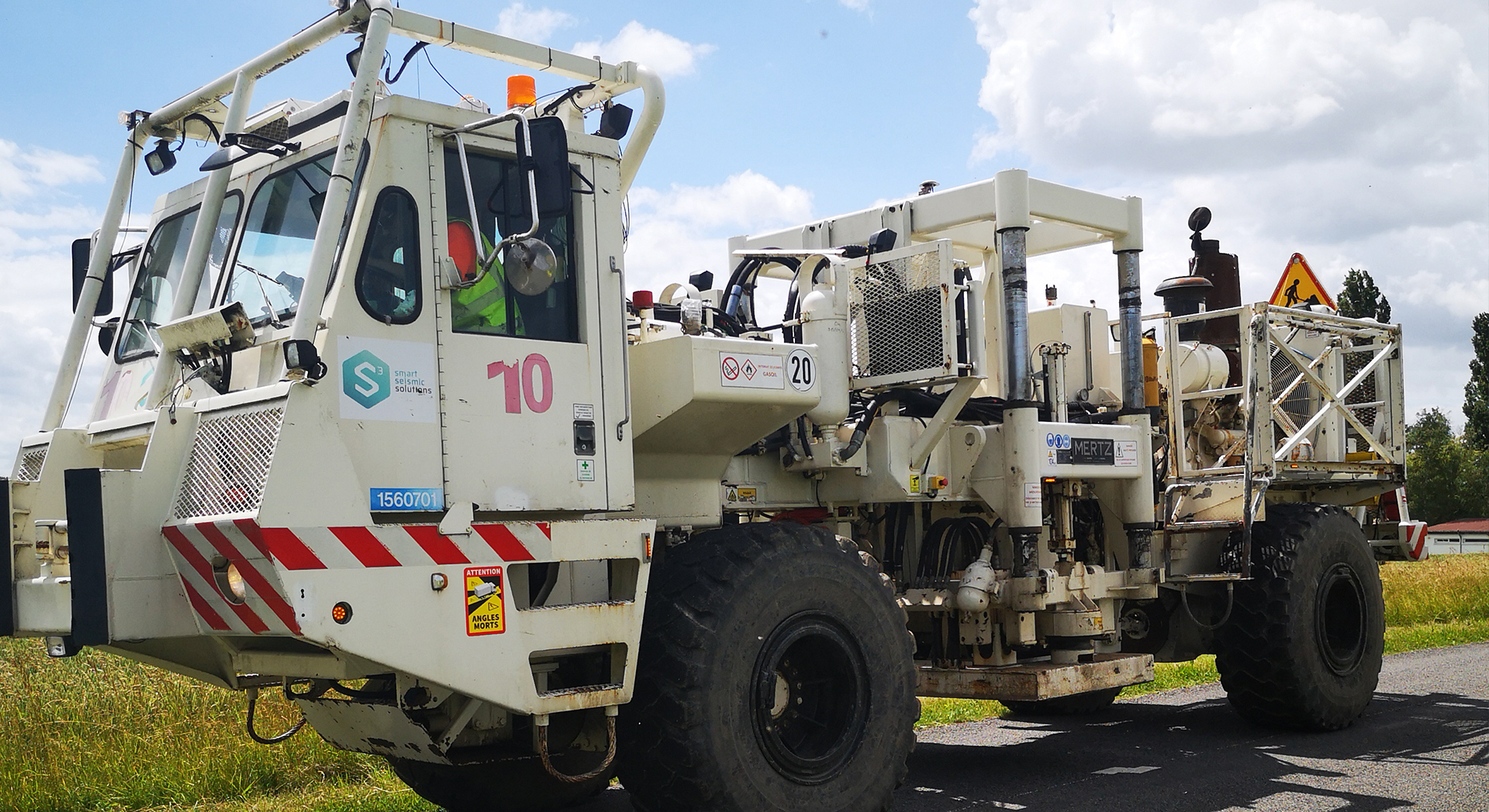
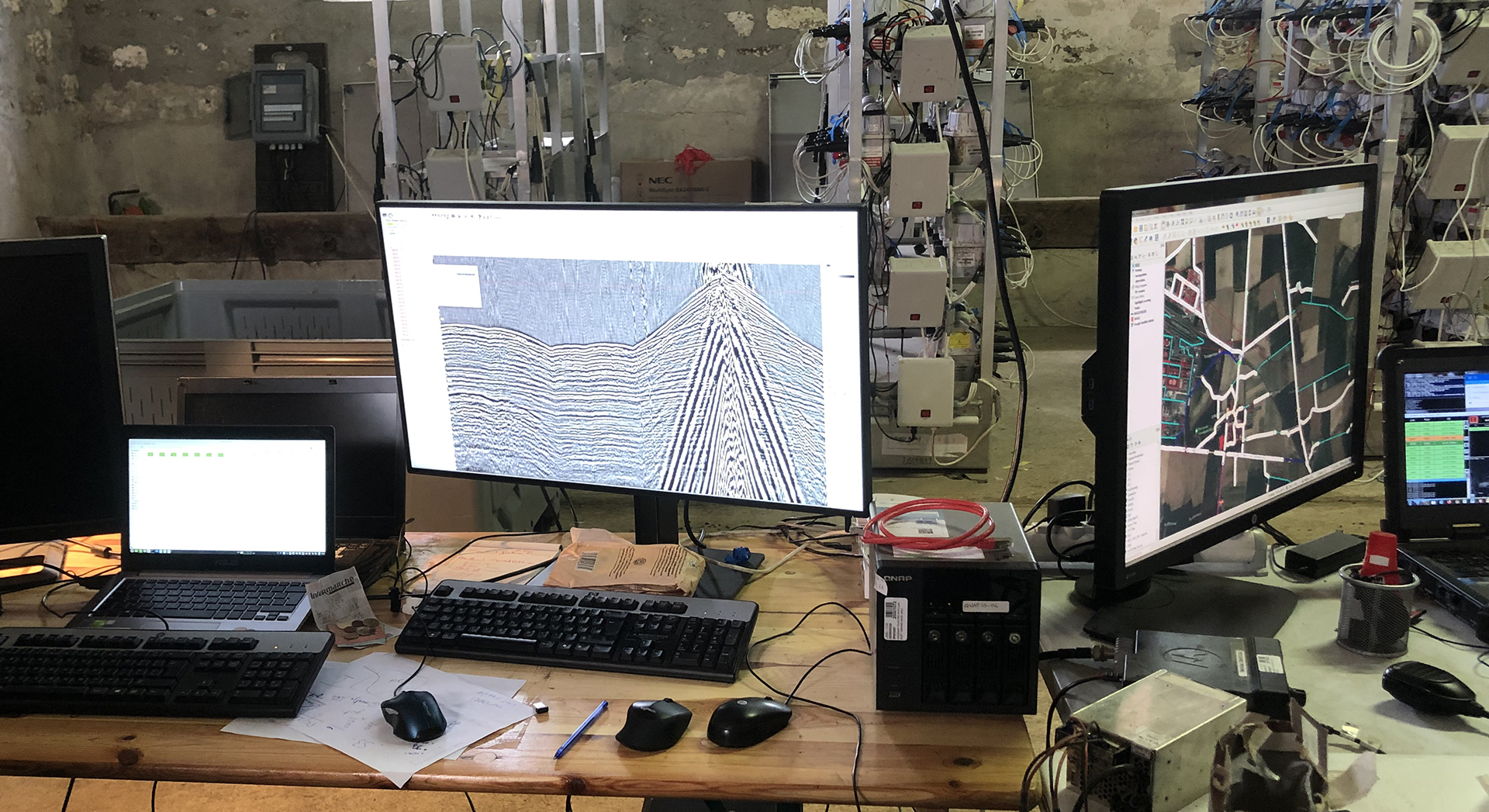
Ademe Geothermica
Heatstore: completion of the underground energy storage project
As part of the Ademe Geothermica Heatstore project, BRGM designed and modelled a system combining solar thermal panels, heat storage in a probe field and a heat pump in order to heat buildings and supply domestic hot water. The system dynamically selects the best means of production, storing excess solar heat in the probe field. Compared to a system with just one or two components, the combination of three components delivers a far greater quantity of renewable energy.
Average temperature in the rock making up the probe field (BTES) coupled with solar thermal panels, with or without a heat pump. The use of the heat pump doubles the amplitude of BTES temperature variations, and thus the amount of energy removed from storage, although this does involve consuming a small amount of electricity. © BRGM




